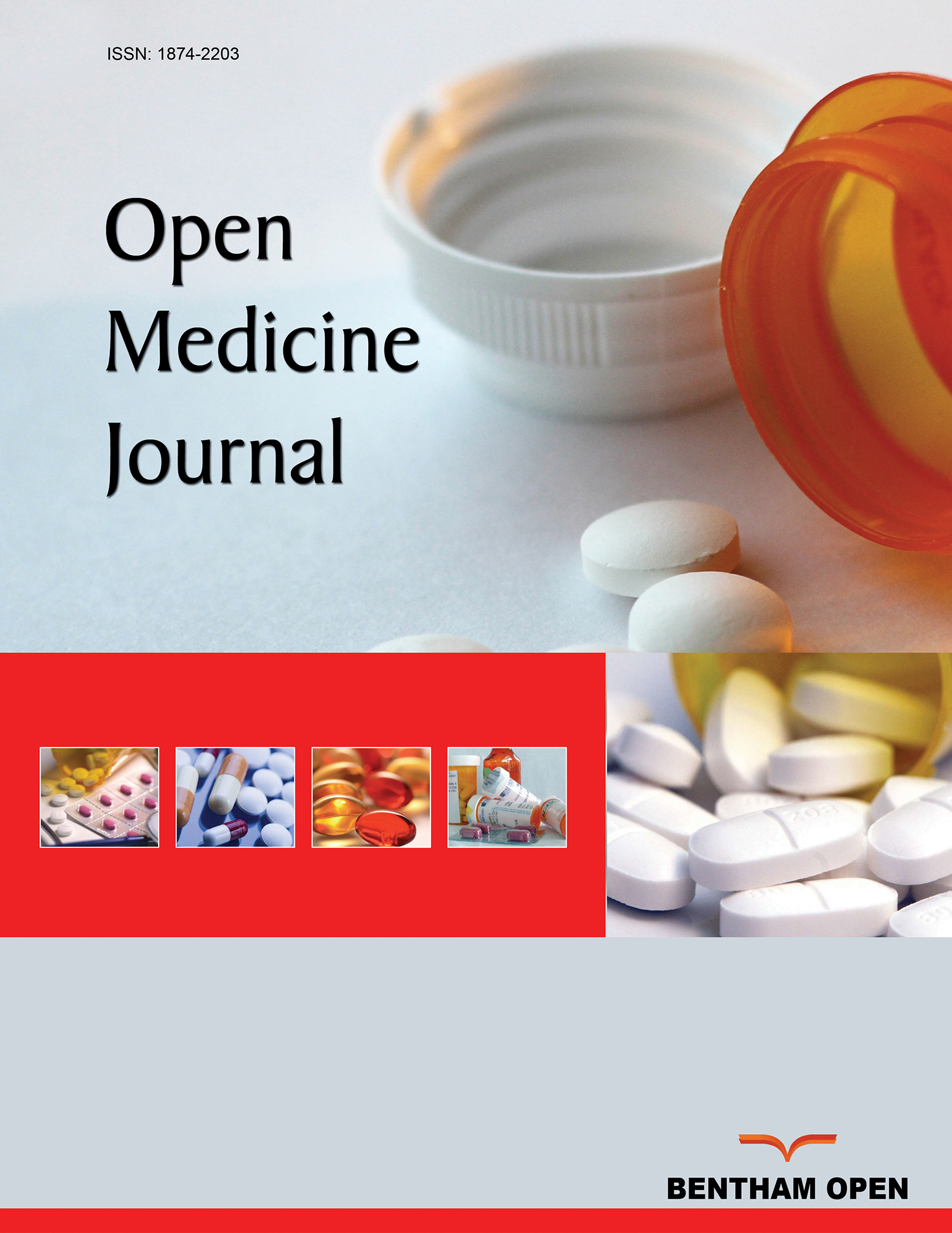All published articles of this journal are available on ScienceDirect.
Kurds HLA Genes: Its Implications in Transplantation and Pharmacogenomics
Abstract
HLA genes (class I and II) have been studied in a Kurd population from Iran (North West towns of Saqqez and Baneh, close to Irak border). Kurds speak an Iranian language. HLA Kurd profile has been compared with those of Central Asians, Siberians, Mediterraneans and other worldwide populations; a total of 7746 chromosomes were used for computer comparisons. Both Neighbor-joining and correspondence genetic analyses place Kurds in the Mediterranean population cluster, close to Iranians, Europeans and Caucasus populations (Svan and Georgian). New extended HLA haplotypes are described, being A*02:01-B*35:01-DRB1*01:01-DQB1*05:01 and A*24:02-B*18:09-DRB1*11:01- DQB1*03:01 the most frequent ones; other Kurd extended haplotypes are also found in Azeris and Palestinians. This research work may be useful for: 1) future Iranian Kurds transplantation regional programs, 2) HLA pharmacogenomics in order to practise a preventive Medicine and drug side effects, and 3) Epidemiology of HLA-associated diseases in Kurds.


